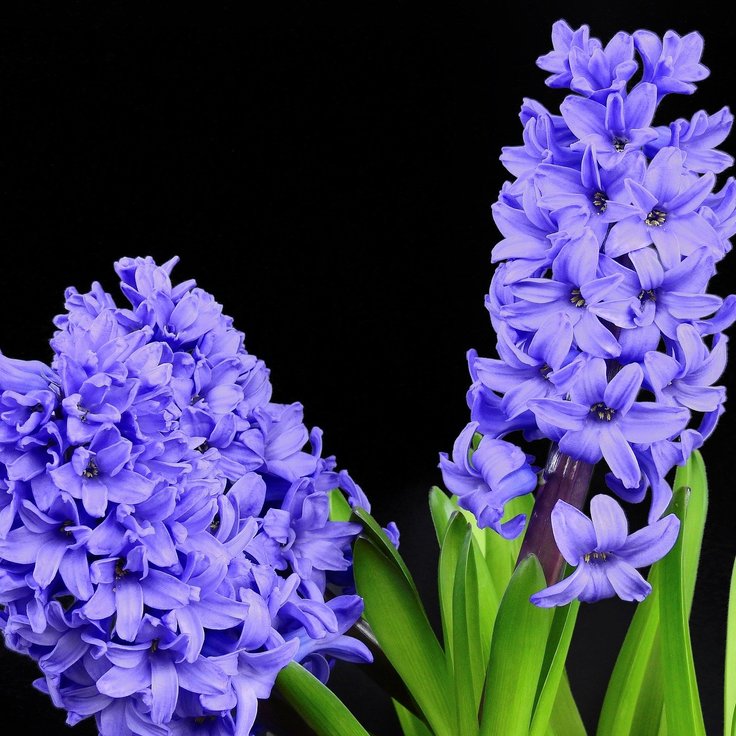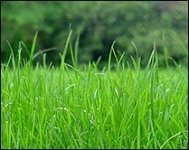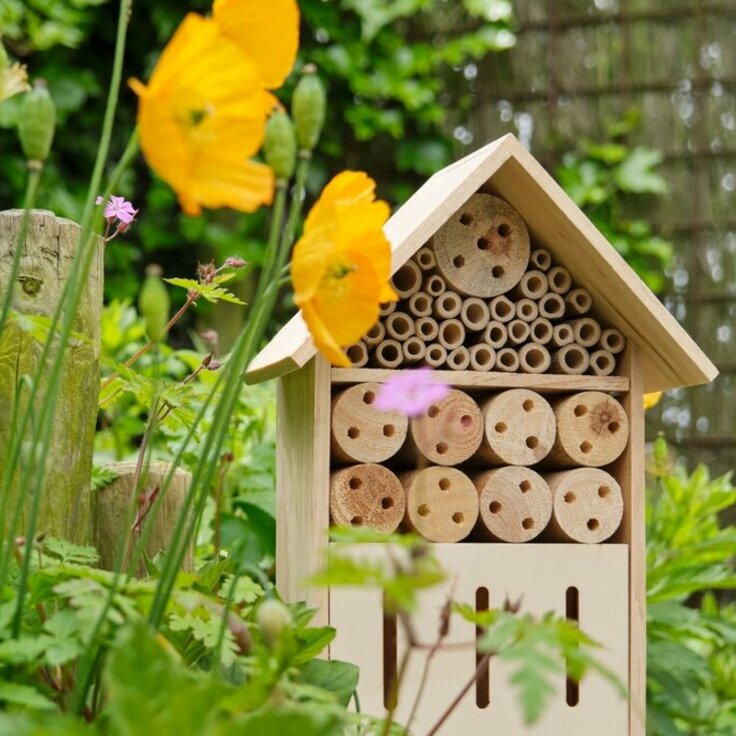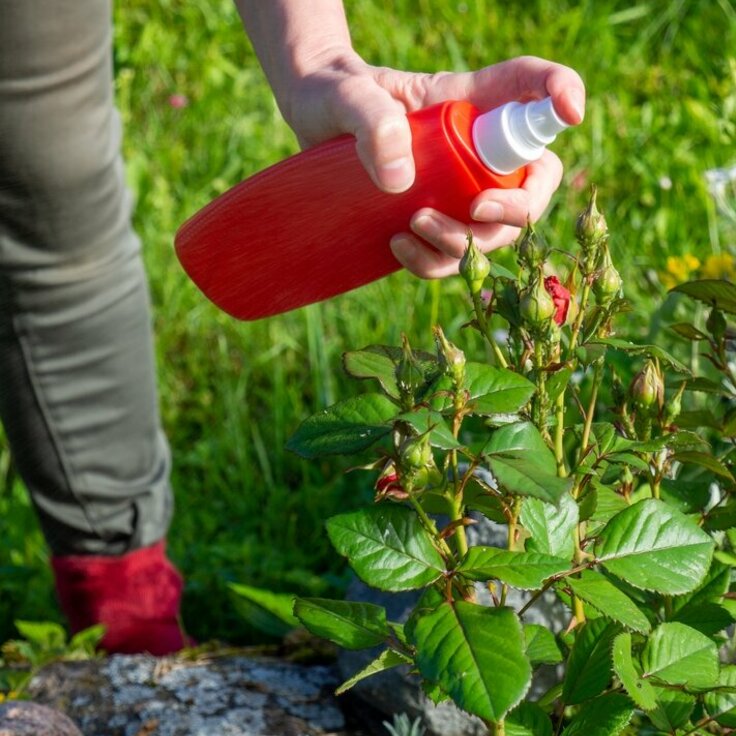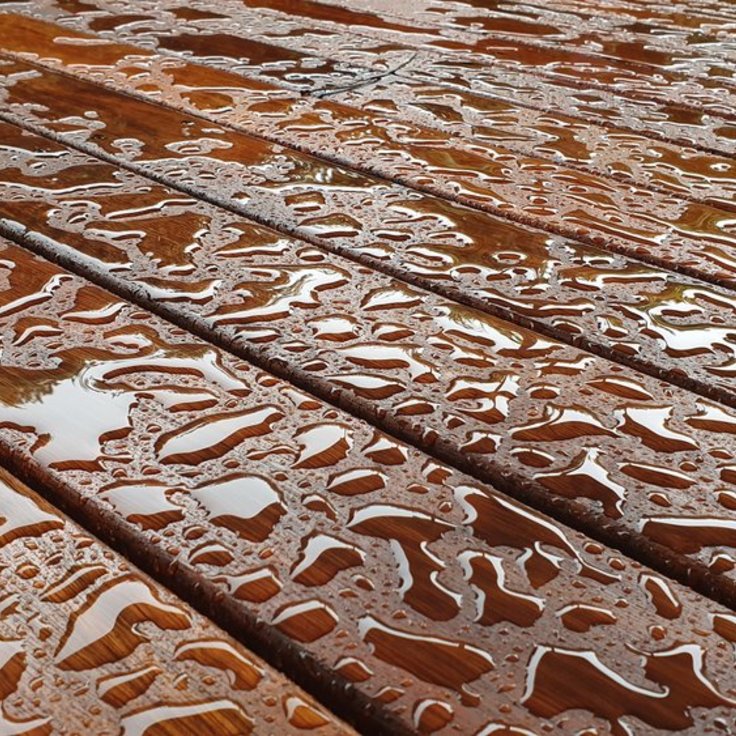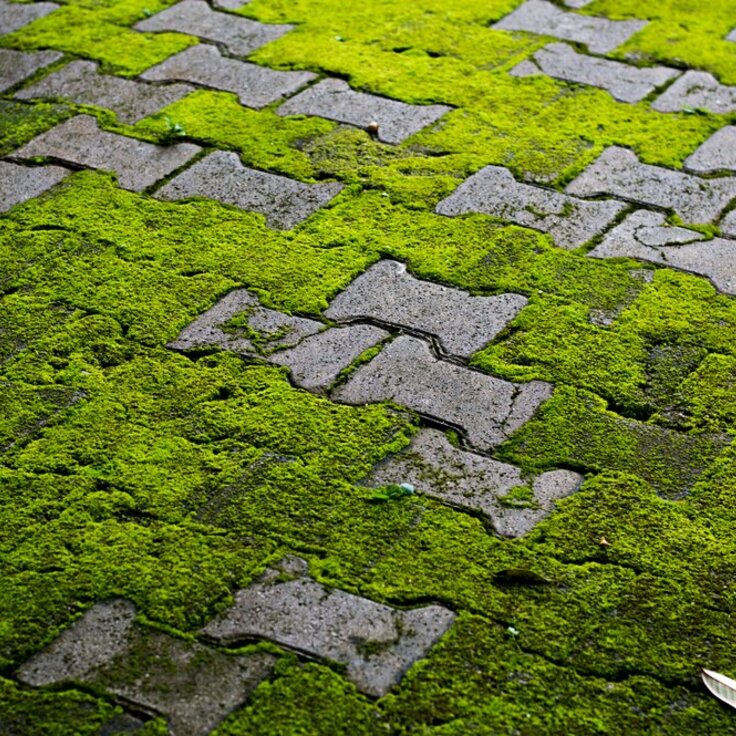Composting in Autumn: Turning Fallen Leaves into Garden Gold
As summer slips away and leaves start blanketing the ground, autumn becomes a perfect season to dive into composting. The beauty of composting during this time is that it makes use of what nature gives us in abundance—fallen leaves, garden cuttings, and kitchen scraps. It’s an easy, satisfying way to enrich our soil and give something back to the earth, all while setting up our gardens for a thriving spring. Here’s how autumn composting can make a real difference in your garden.
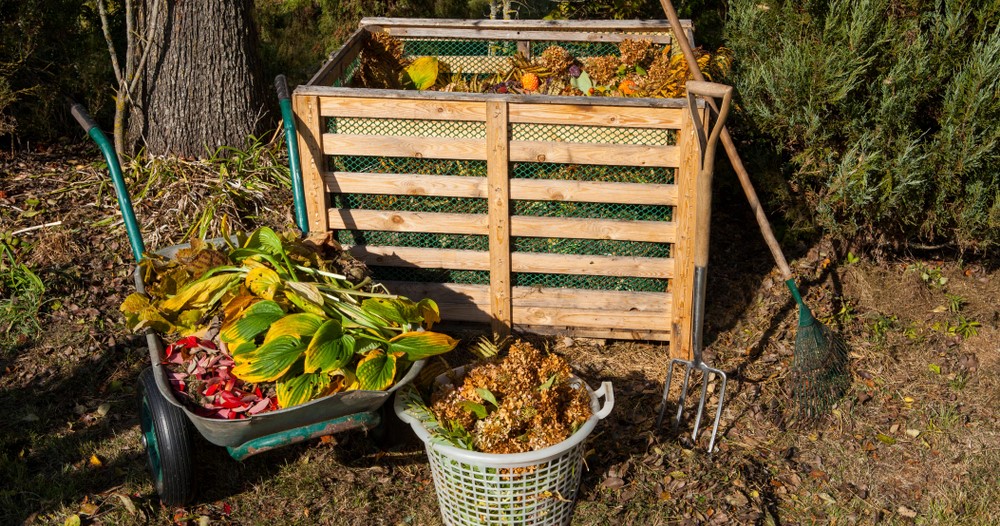
Gathering Autumn’s Organic Goodies
One of the best things about autumn is the sheer amount of organic material available for composting. The falling leaves, dead plants, and leftover grass clippings are just begging to be put to good use. When you’re collecting leaves, try to get ones that are dry and mix them in with “greens” like vegetable scraps and coffee grounds. This blend of “greens” (nitrogen-rich) and “browns” (carbon-rich) is crucial for making compost that breaks down properly. Think of it like a recipe: get the right mix, and your compost will cook nicely all season long.
Getting Your Compost Ready for the Cold
With the cooler weather, compost piles can slow down as temperatures drop. But you can give it a little help to keep things moving. Try layering in some small twigs or sticks to keep the pile aerated—good airflow helps the helpful microbes do their work. Covering your compost with a tarp or a layer of straw can also help trap some warmth and keep moisture in, letting decomposition carry on even as the temperatures dip. This bit of extra care will ensure your compost is still active, albeit at a gentler pace, and ready to go when spring arrives.
The Hidden Power of Autumn Leaves
While raking up leaves might feel like a chore, they’re actually a hidden gem for compost. Leaves are packed with carbon and make an ideal “brown” ingredient for balancing the greens in your pile. To speed things up, shred them first if you can; smaller pieces break down faster and mix better. These leaves will also add essential minerals to your compost, giving your spring soil an extra boost. If you end up with more leaves than you need, bag some for winter to keep adding carbon as needed throughout the colder months.
Keeping Moisture in Check
Autumn weather can be a bit unpredictable—heavy rain one week, dry the next—so managing moisture in your compost pile is key. Compost works best when it’s just damp, like a wrung-out sponge. Too much water can smother the compost, while too little can dry it out and stall the breakdown. If your pile is getting too soggy, try adding a few dry leaves or other carbon-rich materials to soak it up, and consider covering it with a tarp to keep heavy rain out. A well-balanced compost pile, even in autumn, will keep working steadily until spring.
Reaping the Rewards in Spring
All the effort you put into composting during autumn will pay off big-time come spring. By then, your compost will have transformed into rich, dark soil full of nutrients that will boost your garden beds, help retain moisture, and feed your plants naturally. This compost is perfect for mixing into the soil of your vegetable beds or flower patches, setting them up for a healthier, more vibrant growing season. Autumn composting not only keeps waste out of the landfill but also gives your garden an incredible foundation for the year ahead.
So, as you’re raking up leaves and trimming back plants this autumn, think about setting up or adding to your compost pile. It’s a simple yet powerful way to work with nature’s cycles, recycle organic material, and get ready for a beautiful, bountiful garden in spring. Plus, there’s something incredibly rewarding about turning fall’s leftovers into a gift for your garden.

